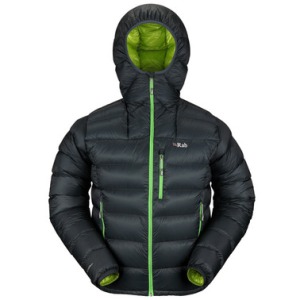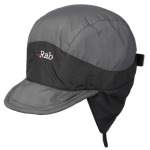 Some of the world’s most spectacular climbing routes are located in snow-covered terrain. However, if you intend to climb in below-zero temperatures, it is absolutely crucial that you wear the right clothing. Layering is essential and ideally, the garments you choose to wear should be designed for climbing in freezing temperatures. Here, we take a look at the basic items you will need if you want to conquer a snowy mountain.
Some of the world’s most spectacular climbing routes are located in snow-covered terrain. However, if you intend to climb in below-zero temperatures, it is absolutely crucial that you wear the right clothing. Layering is essential and ideally, the garments you choose to wear should be designed for climbing in freezing temperatures. Here, we take a look at the basic items you will need if you want to conquer a snowy mountain.
Base layer:
As the name suggests, the base layer is the clothing that you wear underneath outer garments. Base layers garments, such as those from Rab, are usually made from either synthetic or wool material and are tight fitting. Cotton base layers are best avoided, as even in icy temperatures, you will end up sweating during a climb and cotton tends to become clammy and cold when it gets wet. Specialist synthetic base layer clothing, on the other hand, will wick the moisture away from the body.
Trousers:
Soft shell mountaineering trousers are ideal for colder climbing environments and are versatile, in that they will keep you warm and comfortable during an alpine climb, when worn with a base layer, but can also be worn alone during climbs in warmer temperatures. Rab do a good collection of water and wind resistant soft shell trousers.
Jackets:
Down or fleece lined jackets like those made by Rab are a must when you’re climbing on an ice and snow covered mountain. However, the thickness of the insulation layer will vary from one brand to another and some manufacturers even offer a variety of thickness options, so take this into account when shopping for one. Make sure that the jacket you choose is water resistant, as the last thing you want is for the fleece or down lining to become saturated with freezing cold rainwater.
Hats:
Mountain caps and beanies are ideal for moderately cold climbing environments; these will keep your ears warm and prevent body heat from escaping. However, if you will be climbing in alpine regions, it’s best to opt for a climbing balaclava, such as the ones sold by Rab. These will protect your face from the freezing wind and rain and make the climb a lot more comfortable. You may even want to consider using both a balaclava and a beanie or mountain cap, depending on how low the temperatures are.
Gloves:
Ensuring that your hands are warm during a climb is essential, as any numbness caused by the cold could result in you losing your grip on the rock face. As with the rest of your body, it’s best to layer up when it comes to your hands. Start off with a pair of close fitting, thin gloves – these should be made from a wicking material (Rab offer a decent selection of these type of gloves), so that your hands do not become uncomfortably sweaty. On top of these, wear thicker insulated gloves that have grip material on the palms and fingers.
Related articles





Leave a comment